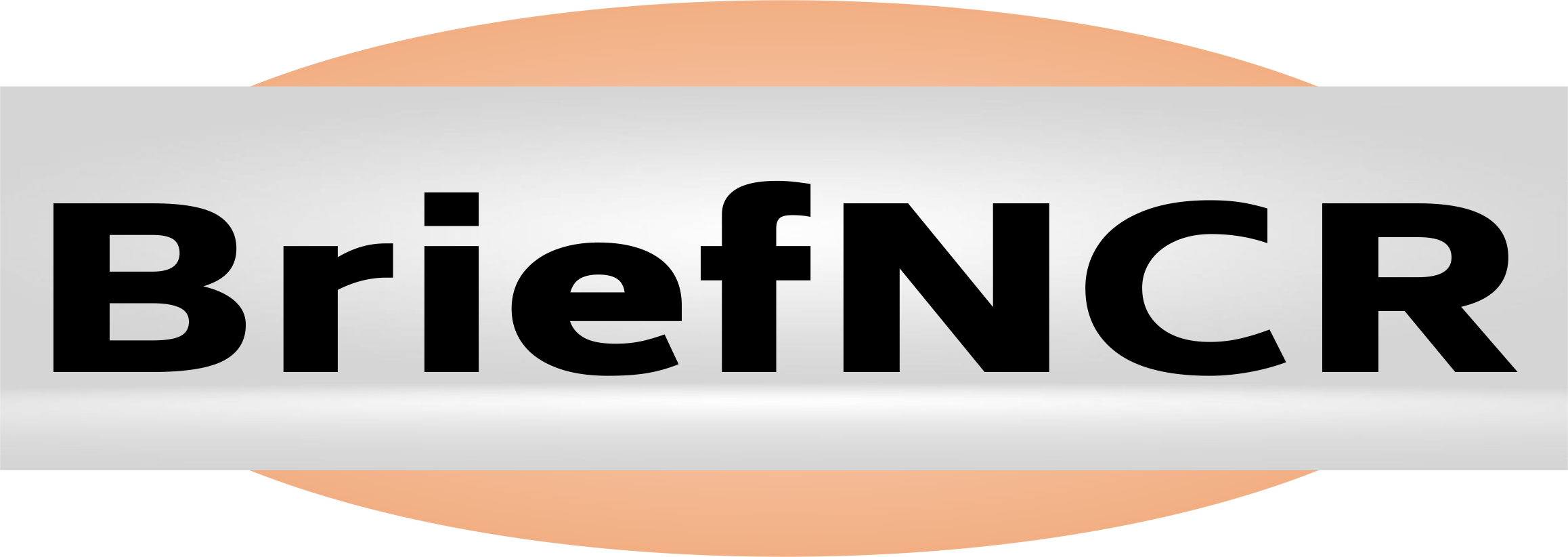What is the dirtiest part of the body? Even after hours of bathing does not clean, remain thousands of bacteria

Brief NCR, New Delhi: In the realm of personal hygiene, there exists a mysterious enclave often overlooked amidst the meticulous routines of cleanliness—the belly button. Despite our best efforts to scrub away dirt and bacteria, this seemingly innocuous navel harbors a bustling metropolis of microbial life, challenging even the most dedicated sanitization endeavors.
The Microbial Metropolis
Research published by the Public Library of Science (PLOS) in 2012 revealed a staggering revelation about our navels: they host a staggering array of bacteria, with a mind-boggling 2,368 different species identified.
Among these, 1,458 species were entirely new to scientific exploration, highlighting the richness of microbial diversity thriving in this often neglected crevice. Despite its relatively small size, the navel proves to be a thriving ecosystem, teeming with life.
The Science of Belly Button Bacteria
The navel, scientifically known as the umbilicus, represents more than just a scar from our early days of development. It serves as a wound formed during childbirth when the umbilical cord is severed, leaving behind a cavity.
This concave structure, often warm and moist, provides an ideal breeding ground for bacteria. Sweat and moisture accumulate, creating an environment conducive to microbial growth. Consequently, bacteria find refuge, proliferating in the folds and crevices of the navel.
Battling the Belly Button Bacteria
Maintaining optimal hygiene in the navel presents a unique challenge due to its shape and location. Unlike other body parts, the navel's concave nature makes thorough cleansing difficult, allowing bacteria to thrive even after rigorous cleaning routines.
Despite our best efforts with soap and water, some microbes stubbornly persist, contributing to the occasional odor emanating from this region.
Navel Hygiene Tips
Health experts recommend incorporating specific practices to promote navel hygiene and minimize bacterial proliferation. Regular cleansing with warm water and a washcloth can help dislodge dirt and sweat, reducing the microbial load.
However, individuals with conditions like obesity, type 2 diabetes, or those with a pierced navel should exercise extra caution, as these factors can increase the risk of bacterial infections.
Seeking Medical Attention
While occasional itching or redness may not warrant immediate concern, persistent discomfort or unusual symptoms should prompt a visit to a healthcare professional.
Infections in the navel, though rare, can lead to complications if left untreated. Any signs of inflammation, pain, or foul odor should be evaluated promptly to prevent further complications.
Disclaimer: The information provided in this article is for educational purposes only and should not be construed as medical advice. It is essential to consult with a qualified healthcare professional for personalized guidance and treatment tailored to individual needs.
